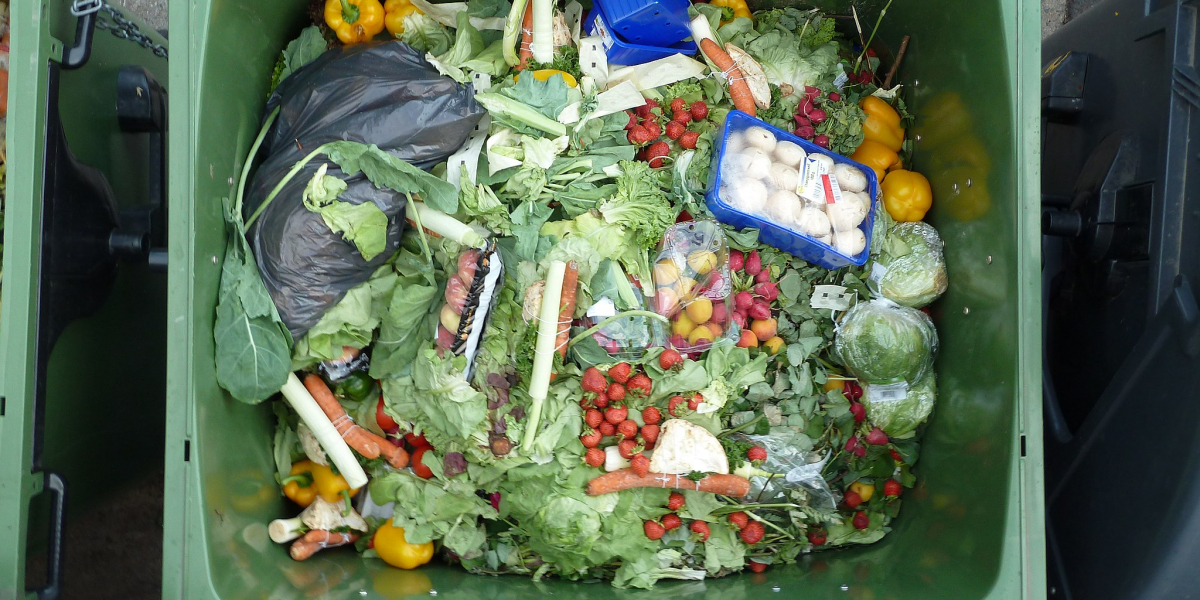
February 5, 2021
Smart Prosperity Institute, in collaboration with L’Institut EDDEC, has catalogued real-world strategies and practices supporting the transition to a circular economy for seven key sectors in the Canadian economy. This research, which is being released one sector at a time in a series entitled Circular Economy Global Sector Best Practices, aims to provide a starting point in the journey towards building Canadian sector roadmaps to a circular economy.
As the world’s population continues to grow and require more food, it is estimated that meeting this demand in 2050 will require food production to increase by 70% from 2005 levels.[1] Yet, a third of all food produced globally is wasted each year, amounting to about 1.3 billion tonnes annually and worth an estimated C$1.3 trillion.[2] In Canada, this proportion is even higher, with 58% of all food produced (amounting to 35.5 million metric tonnes) lost or wasted. Of this waste, 11.2 million metric tonnes, worth C$49.5 billion, could be prevented.[3]
Recognizing the opportunity to recover economic value from food loss and waste (FLW[*]) and increase food security, many agri-food companies have begun undertaking circular solutions: approaches to create more value from the food that is produced. These include strategies that:
Reduction of FLW is undoubtedly the most important strategy in the FLW mitigation hierarchy. This is followed by the rescue and redistribution of edible FLW for human consumption. However, where these are not possible, more downstream strategies such as reuse and reprocessing of inedible FLW, recycling of nutrients and energy recovery should be applied. One of the more innovative downstream strategies is the reusing and reprocessing of food loss or waste that would otherwise be sent to landfill or incineration, to create new products and markets.
A great example of a home-grown Canadian business transforming food waste into a high-value product is Dairy Distillery- a vodka distillery based in Ontario. In collaboration with the University of Ottawa, Dairy Distillery has perfected a process to convert milk permeate — a by-product of ultrafiltered milk production— into vodka. The milk permeate used would otherwise have been treated as waste and sent to a digester for disposal. This process of making vodka is more efficient than using traditional ingredients like grains or potatoes as it skips the energy and water intensive steps of converting starch into sugar. As a result of their sustainable ingredients, efficient production and lighter packaging, their product ‘Vodkow’ has half the carbon footprint of traditional vodka. Dairy Distillery also goes a step further by offsetting remaining emissions to make each every bottle of Vodkow carbon neutral. [4]
Another interesting example is the Italian company Orange Fiber. Using chemical reagents, this company extracts cellulose fibres from leftovers of citrus fruit. These are then spun into yarn that can be used to make biodegradable textiles. Since this material is manufactured using raw material that would otherwise go to landfill, it helps preserve land and water resources and reduce the use of fertilizers and ensuing environmental pollution. [5]
While the agri-food sector still has a long way to go in mainstreaming circular thinking and overcoming the tremendous challenge of FLW, these and many more promising examples are an encouraging sign of things to come. If you’re interested in learning more about circular strategies and practices currently being employed in the agri-food sector, you can find them in the third chapter of the Circular Economy Global Sector Best Practices.
As mentioned, the series will also be covering circular economy best practices in six other sectors of the Canadian economy. Stay tuned for the fourth chapter of the series, which will be published in February 2021, profiling the construction sector.[6]
[*] Food loss typically refers to food that is lost in the stages between production and distribution while food waste typically refers to the loss of edible food and inedible food parts at the point of retail or consumer use
[1] Food and Agriculture Organization (FAO). (2009). Global agriculture towards 2050.
[2] Ellen MacArthur Foundation. (2019). Cities and Circular Economy for Food.
[3] Nikkel, L., Maguire, M., Gooch, M., Bucknell, D., LaPlain, D., Dent, B., . . . Felfel, A. (2019). The Avoidable Crisis of Food Waste: The Roadmap. Second Harvest and Value Chain Management International.
[4] Dairy Distillery (n.d). Sustainability.
[5] Ellen MacArthur Foundation (n.d). High value products from organic waste.